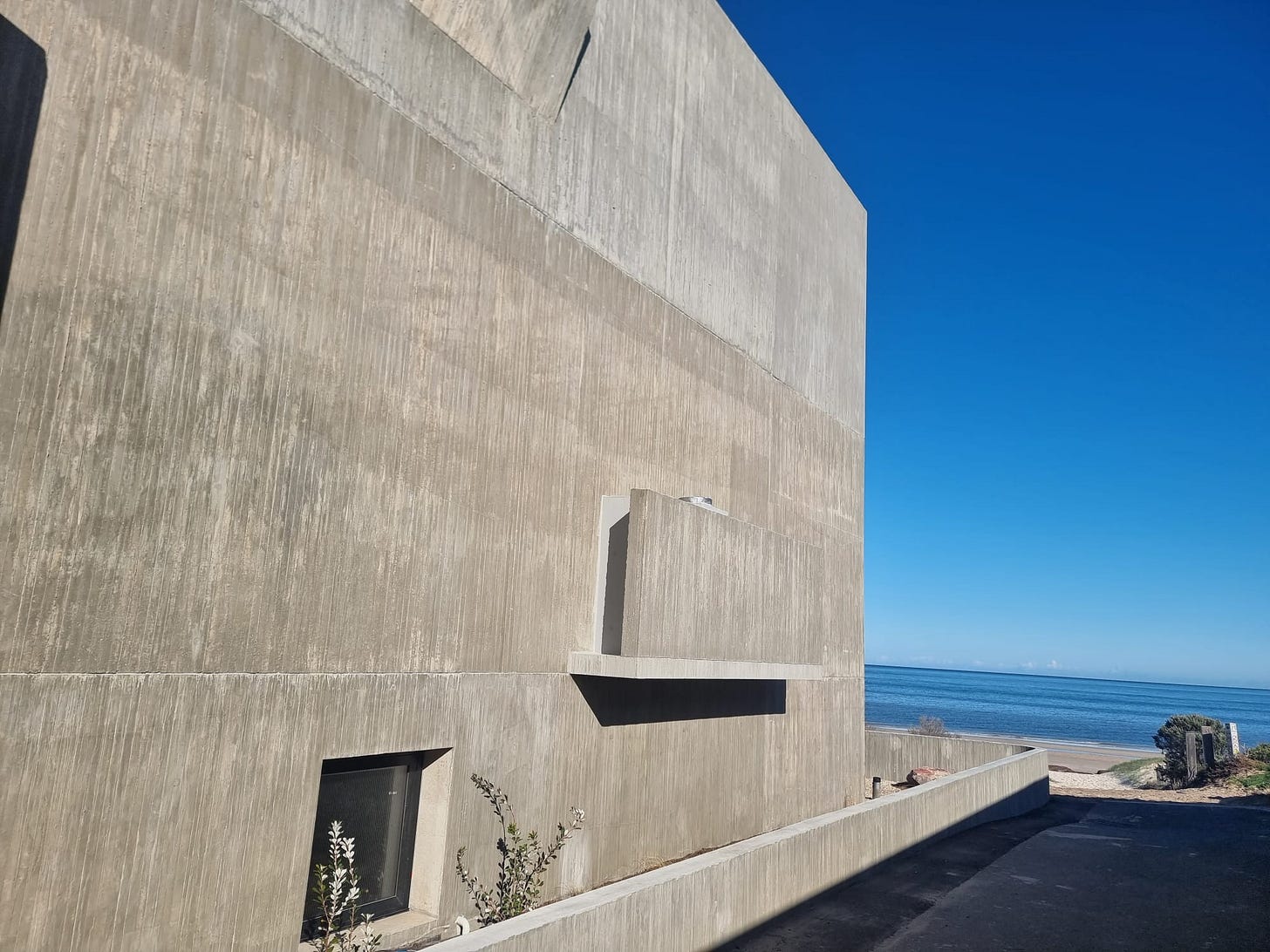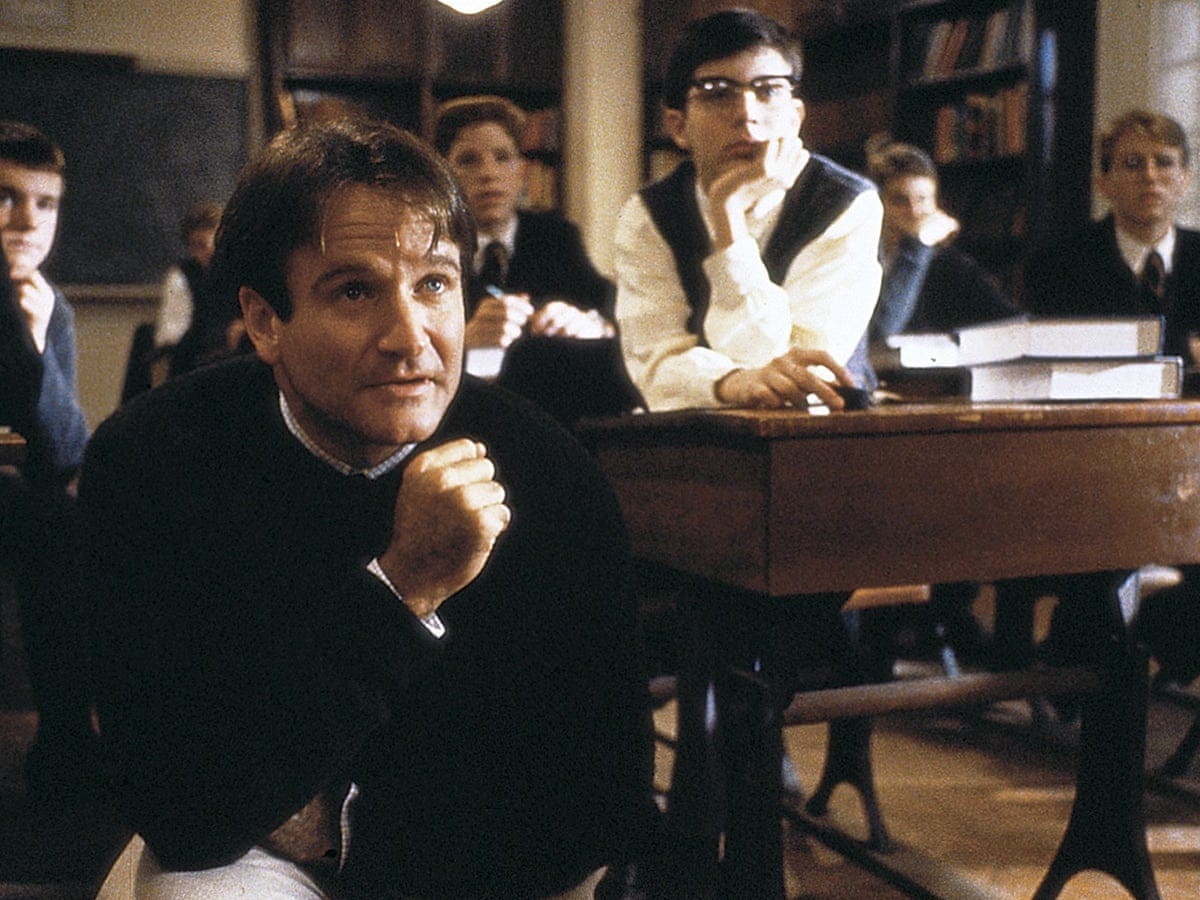The Fine Line Between Art And Wankiness | Creativity vs. Grandiosity
Warning--contains lethal doses of self-awareness.
This week I was in Adelaide, South Australia, visiting a dear friend. Walking down a well-to-do street in a beachside suburb, we remarked at the mansions and grand developments lining the street.
Beachside suburbs make a great setting for what I call ‘Monuments to Self’. What’s a Monument to Self, you ask? My phrase, of course, for a dream home that goes beyond being a dream home, and serves more as a temple to honour its owner.
How do you say ‘look what I’ve made of myself’ without saying ‘look what I’ve made of myself’? Build a Monument to Self!
This is nothing new, it’s just been modernised, made more accessible and a tad more subtle over time. In ancient civilisations, emperors, kings and powerful rulers erected statues, grand temples and feats of architecture in their image and name—classic apotheosis. Apotheosis, meaning the elevation of a person to god-like status. We, as people, seem to ‘play god’ in all sorts of unconscious ways, maybe to rebel against the impermanence of life.
Anyway, while surveying this graveyard of attempted masterpieces and eyesores, we stumbled upon this one home, mid-build, but already quite the outlier—a sheer architectural delight. The attention to detail, the thought behind it, the creative risks that had come off… it was unique, striking, bold—it belonged in a magazine, maybe an award show.
‘All these others,’ remarked my friend, ‘are attempts, but this… this house is…’
I finished his sentence, ‘It’s art.’
‘Yes,’ he agreed, ‘it’s art. It’s a beauty for everyone to look at.’
Why do we build fancy churches?
I remember a Europe trip, many years ago now. A guy in my tour group, looking up at a grand cathedral ceiling, complained, ‘All this money that goes into this church could have gone to the poor.’
Practically speaking, and with a very one-dimensional lens, he’s absolutely right. Of course, multiple things can be true. Our eyes tell us buildings can be art, and the book Fountainhead by Ayn Rand backs this up—great, but what’s the value of artful building design? Do building aesthetics have any ‘utility’ or ‘usefulness’ beyond raising the sale price, or feeding the inhabitant’s ego?
Art has always had a funny relationship with the ‘practical’ part of life. In an overly mechanical view of the world, art is nothing more than a luxury. But when the lens is spiritual or deeply humanistic?
Art is the melody behind everything.
“We don't read and write poetry because it's cute. We read and write poetry because we are members of the human race. And the human race is filled with passion. And medicine, law, business, engineering, these are noble pursuits and necessary to sustain life. But poetry, beauty, romance, love, these are what we stay alive for.” — Mr Keating, played by Robin Williams, in Dead Poets Society
The Fine Line
What makes me and my friend regard one house on that street as art, and the others as botched temple jobs? It is not something I can boild down to a formula. It is a sense we get, a feeling, intuition, impression.
I see art as an intangible idea that can apply to almost anything creative. Creation is heavily ingrained in our lives. It is the most pure part of life, not just the creation of things but also procreation, being the creation of more life. It is our connection to the deeper mystery behind all things.
When something falls outside of this idea of art I’m talking about, it slips either one way, into that which is overly robotic, mechanical and mass-produced, or the other way—into the wanky. This is where the snobby film critic lives, the ‘experimental’ film which is really a big turd, the extravagant fashion and overdone hotel foyer that exist only to shout ‘look at me’ and declare superiority. This is the book written to show off the author’s supposed intelligence, the house built as a shameless Monument to Self.
I think we make these mistakes when we’re coming from the wrong place. When we’re being a try-hard, it’s difficult to make ture art.
And what is true art?
True art brings intangible beauty into the world. It has effect. It creates a thing which can be shared and appreciated by many. It is not limited to feeding the ego of one.
True art does not shout ‘look at me’—nor does it hide.
True art sits in the natural field of view. It is content to wait. When the appreciative eye finds it, true art holds that eye—without demand, without ransom.
True art does not engender envy—it seeds inspiration and fills us with wonder.
True art does not declare itself the destination. True art takes us on a journey.
It is a beauty which cannot be categorised, commoditised, or over-commercialised, else it will lose its spark. It exists for the reason we all exist—not because it has to, but because it wants to…
To give of itself.





I liked the idea of a house being a “Monument to Self”.
“What’s a Monument to Self, you ask? My phrase, of course, for a dream home that goes beyond being a dream home, and serves more as a temple to honour its owner.”
A thought provoking read. As a parent and educator, I get to see the artwork of children, and most of the time they certainly aren't "Monuments to Self". Sure, the technical skill is still a WIP and the content is often a simple expression of something like they like, but it's refreshing and pleasant. I remember hearing a renowned and skilled artist saying she can't replicate the lines children draw no matter how hard she tries.
In any case, your article was a nice reminder that all the art I am drawn to does not have the 'look at how great I am' element to it.